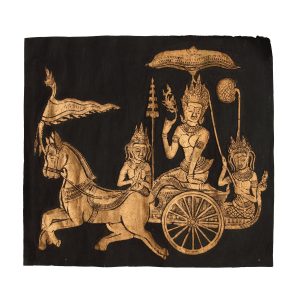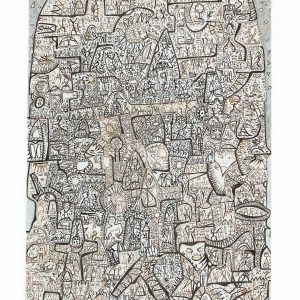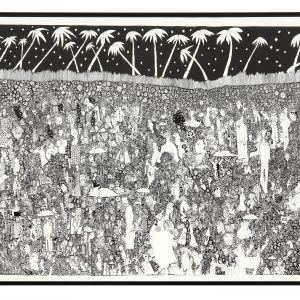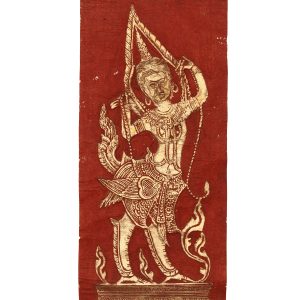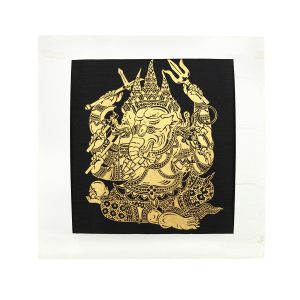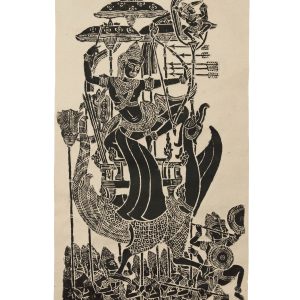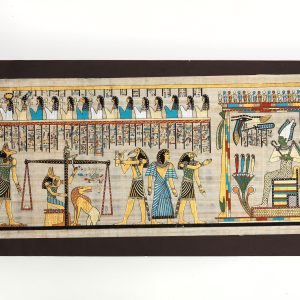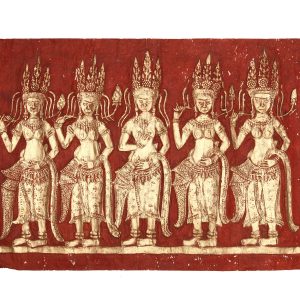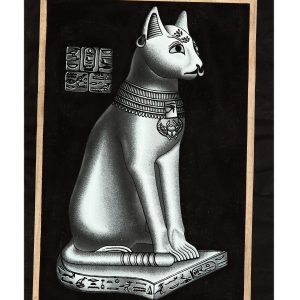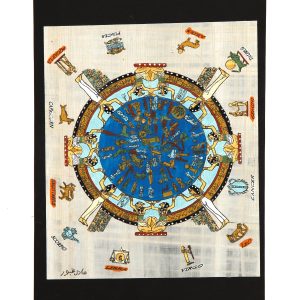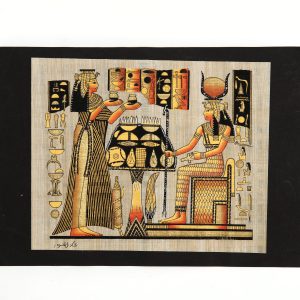Rubbings
Rubbings are a traditional art form originating from China,
dating back to the Han Dynasty (206 BCE – 220 CE).
This technique involves placing paper or fabric over a surface inscribed with patterns or texts and applying ink to reproduce the design.By pressing the paper against inscriptions, reliefs, or sculptures, detailed impressions of the original work are created.
Historically, this method has been used to preserve texts and artworks and remains a valuable way to study and appreciate ancient Chinese inscriptions and art. Rubbings are primarily used to replicate designs from stone tablets, bronzes, and other artifacts.
Rubbings
Rubbings are a traditional art form originating from China, dating back to the Han Dynasty (206 BCE – 220 CE).
This technique involves placing paper or fabric over a surface inscribed with patterns or texts and applying ink to reproduce the design. By pressing the paper against inscriptions, reliefs, or sculptures, detailed impressions of the original work are created.
Historically, this method has been used to preserve texts and artworks and remains a valuable way to study and appreciate ancient Chinese inscriptions and art. Rubbings are primarily used to replicate designs from stone tablets, bronzes, and other artifacts.
-
拓片(RP)
日神蘇利耶:光明與秩序的守護者
-
拓片(RP)
幻境之織:夢與遠古的交響
-
拓片(RP)
版畫之詩,繁華之境
-
拓片(RP)
金羽仙蹤
-
拓片(RP)
智慧之象,庇佑之神
-
拓片(RP)
戰象雄風:巴戎寺史韻
-
拓片(RP)
神雀凌空:戰神斯坎達的聖戰之歌
-
拓片(RP)
冥界天秤:心靈審判的神聖繪卷
-
拓片(RP)
飛天仙韻
-
拓片(RP)
神祇之信使,聖貓之守護
-
拓片(RP)
星辰與神祇
-
拓片(RP)
聖香的靈魂之舞
The dissemination of rubbing techniques to other regions occurred through several pathways:
1. East Asian Influence: Chinese culture significantly impacted neighboring East Asian countries like Korea and Japan, which adopted and adapted rubbing techniques.
2. Cultural Exchange: Trade routes, such as the Silk Road, and diplomatic interactions facilitated the spread of rubbing techniques to other parts of Asia.
3. Modern Academic Interest: In the 19th and 20th centuries, Western scholars and collectors developed an interest in Chinese art and history, introducing rubbing techniques to the West. This led to their presentation through academic research and exhibitions, reaching a global audience.
Thus, while the technique originated in China, its spread has involved regional influences and modern cultural exchanges.
1. East Asian Influence: Chinese culture significantly impacted neighboring East Asian countries like Korea and Japan, which adopted and adapted rubbing techniques.
2. Cultural Exchange: Trade routes, such as the Silk Road, and diplomatic interactions facilitated the spread of rubbing techniques to other parts of Asia.
3. Modern Academic Interest: In the 19th and 20th centuries, Western scholars and collectors developed an interest in Chinese art and history, introducing rubbing techniques to the West. This led to their presentation through academic research and exhibitions, reaching a global audience.
Thus, while the technique originated in China, its spread has involved regional influences and modern cultural exchanges.

